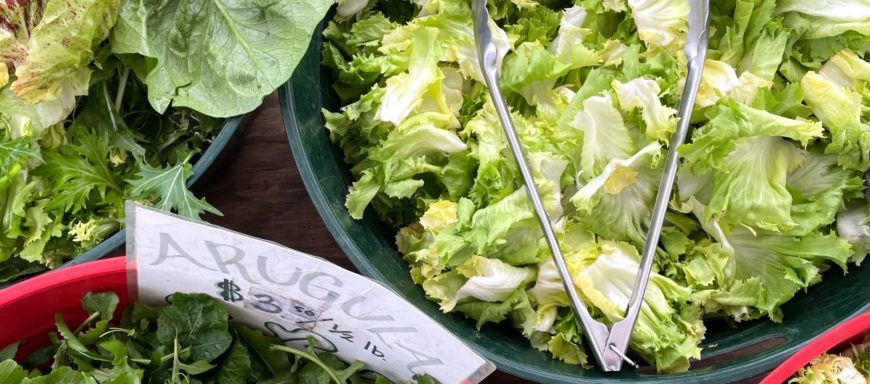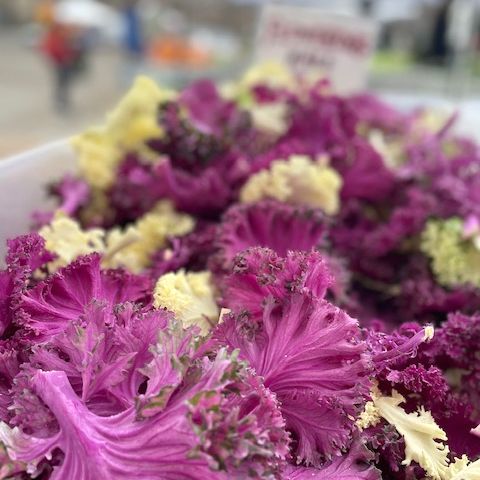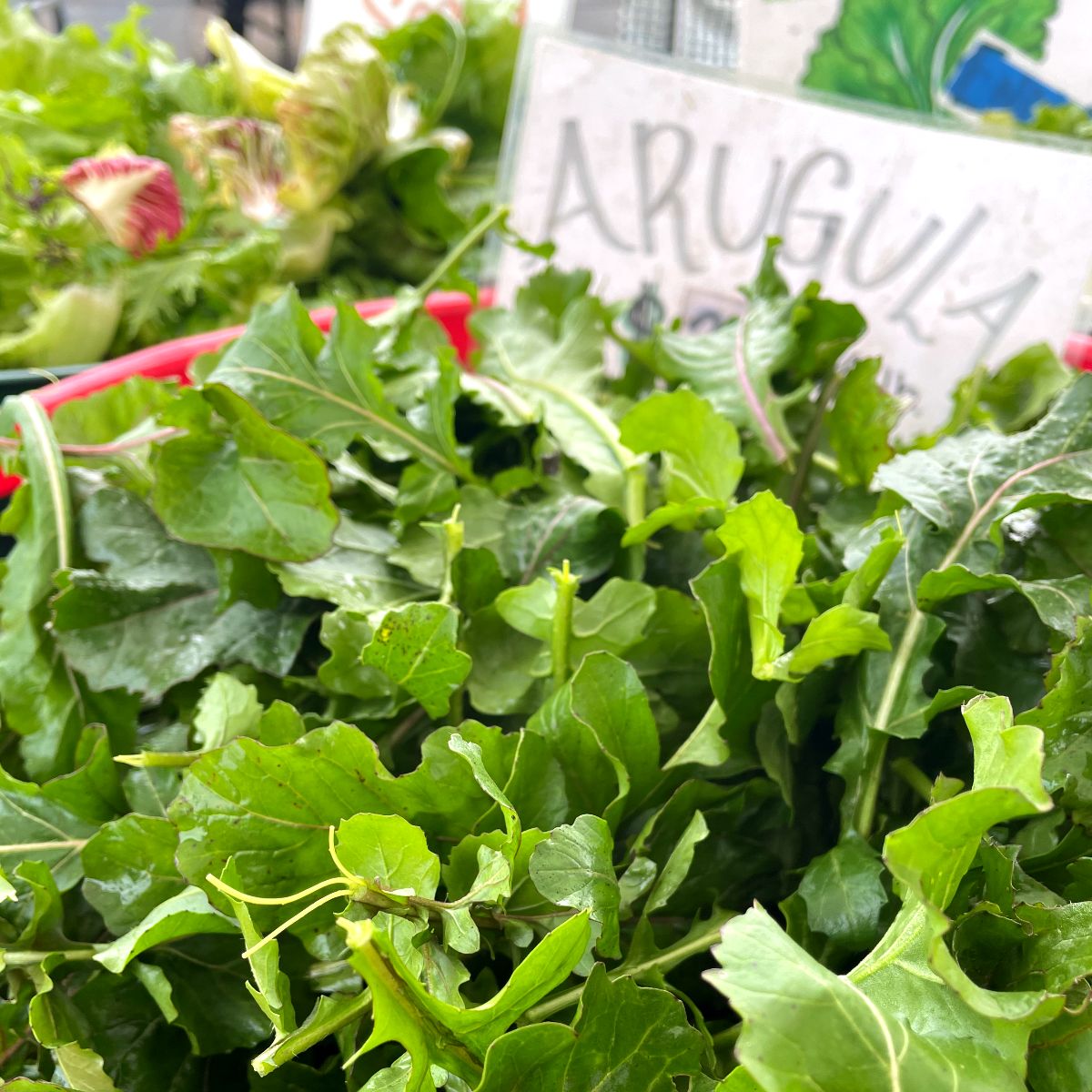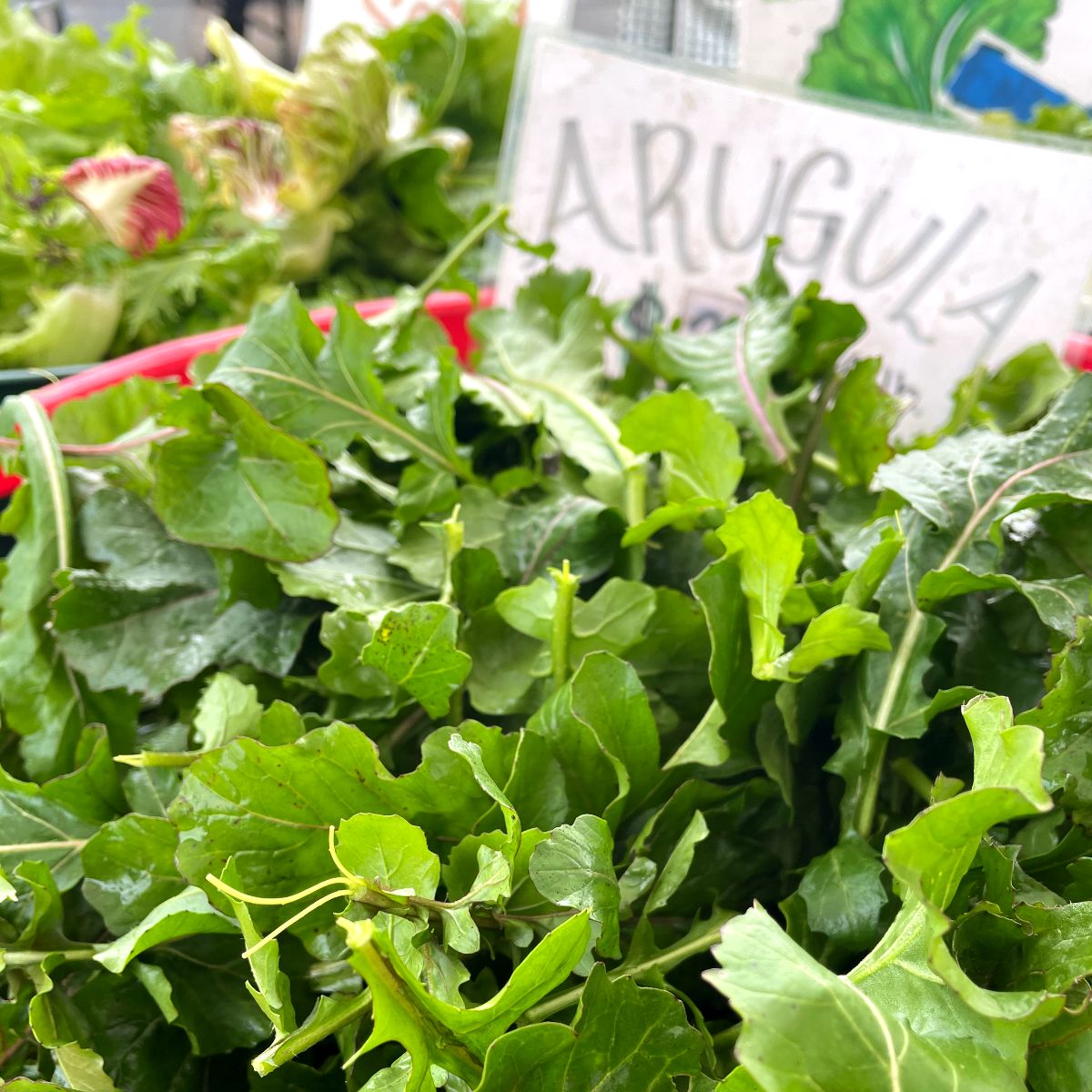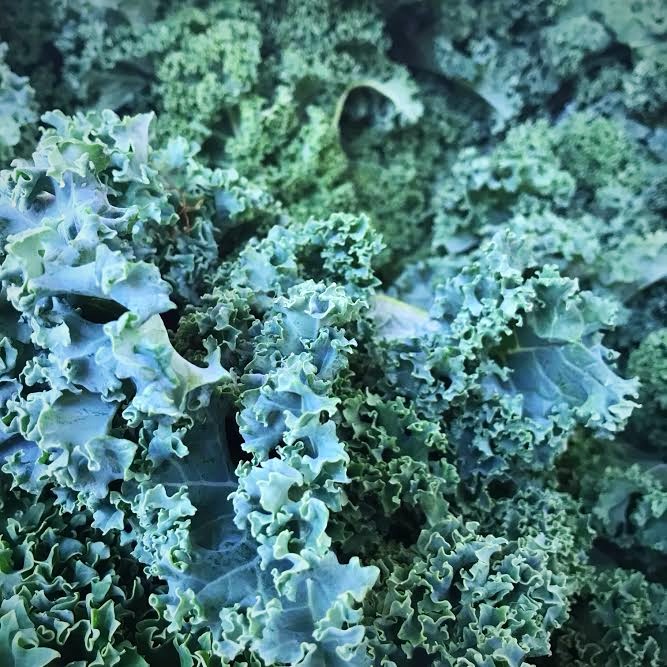Produce Highlight: Turn Over a New Leafy Green!
As the weather around us gets colder and colder, these hearty little winter babies thrive, becoming sweeter and more flavorful. Winter greens have so much to offer, from nutritional value to added dimension. Don’t let the word “bitter” scare you away! When used properly winter greens are a dynamic and adventurous addition to any recipe! They are just so abundant and especially gorgeous this season. Look for collard greens, arugula, chard, dandelion greens, spinach, mustard greens, and a vast variety of kale!
Get out there and explore all the new greens this season has to offer at the Chico Certified Famers’ Market!
- 9153b415 eb2b 4834 7c4d 304ac6931a37
- 0fb1a925 0c84 9931 9322 a9e555c30238
- 6406d76c 8c89 e406 0c28 86e8896b4453
How to Use
Winter greens can be eaten raw or cooked, depending on the variety you’re using and your personal taste. The smaller leaves are more tender and do well raw as a garnish or in a salad. If you’re dealing with larger leaves, they can be a bit tough, but a neat trick is to massage them with a little oil and salt. The massage will tenderize the leaves!
Grilling or charring winter greens will caramelize the leaves and bring out their sweetness, but most varieties can be quickly sautéed or wilted. You can also add them to soups and stews, or slow cook them to bring out peppery notes and battle tough textures. For something a little different, try using them in a gratin or frittata!
Keep in mind that the stems are tougher and more fibrous. You’ll want to either remove them or cook them first and add the more delicate leafy parts later.
- bf09b9cd 9c39 9682 042f 48b8227b7793
- dce0ea0a eb6a b4fe 675c 0d6fb0a577dc
- b26e7b4d ec17 6265 e178 8dc6d3ea0399
Nutritional Value
Winter greens are known for their nutritional value and have similar nutritional characteristics to other leafy vegetables. They are good sources of vitamins A and C, and also contain several dietary minerals including iron, potassium, and calcium. They are also full of antioxidants and fiber! All of this, and they are low in calories, so eat up!
- 5278615a f2c7 2729 2de5 b05ddf5bcb55
- f364607d efe3 1eeb 7a12 52bf2e78f65c
- e35c5d17 66fd a396 d60c 5bf8b7bb80fc
Choosing and Storing
For most winter greens, you’ll want to look for supple leaves that aren’t leathery, but are fresh, bright, and firm. The more mature a plant is, the more “leathery” the leaves will be. Avoid black spots or wilting, as they are signs of the vegetable starting to break down.
The best way to store winter greens is to wrap them in a paper towel and put them in a plastic bag in the fridge. The plastic bag will keep the leaves crisp while the paper towel absorbs excess moisture. Most winter greens will remain in good shape when stored this way for a little over a week!
